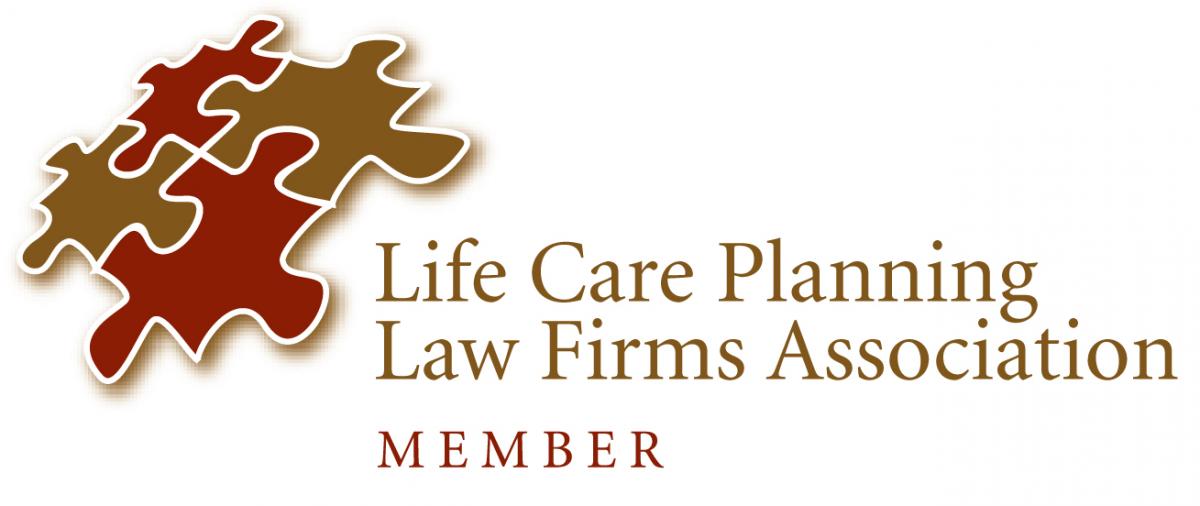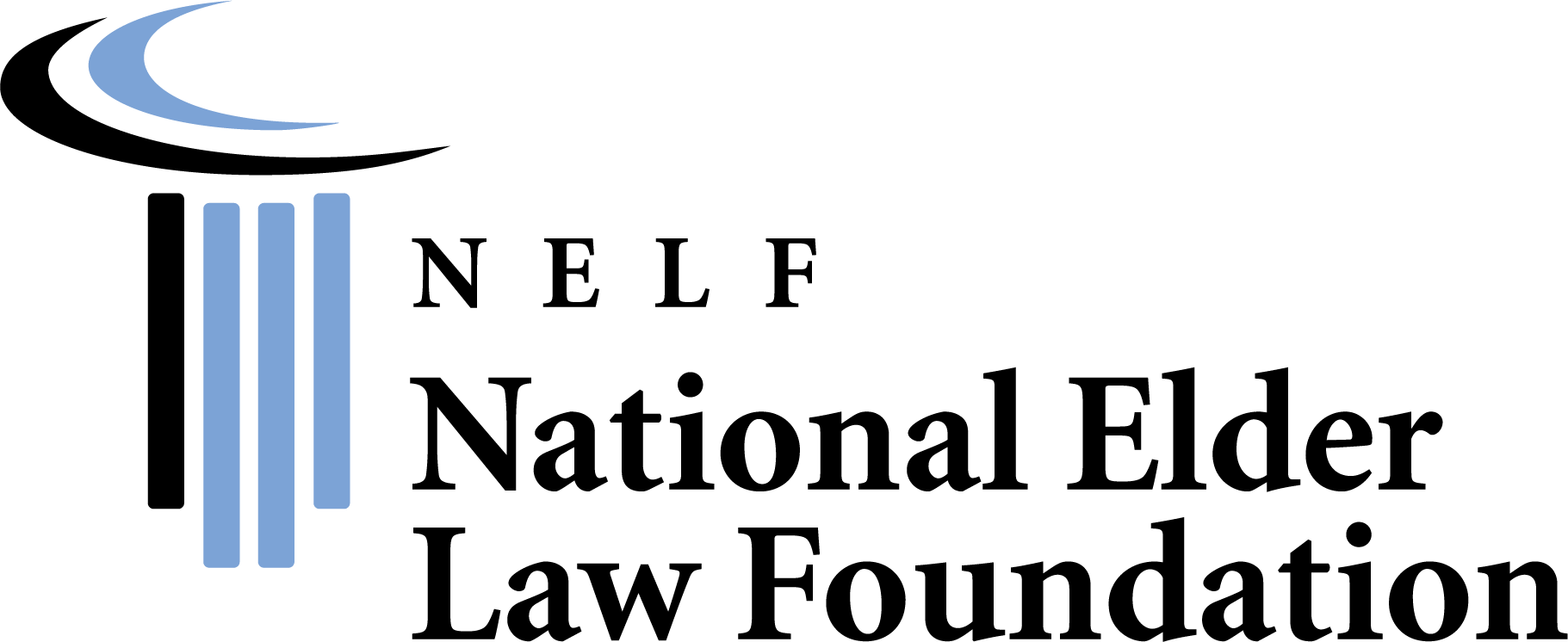POSTED IN: Medicare
TAGS: Medicare, Nursing Home
Share this
Have you heard of Medicare’s 3-day hospital inpatient status rule? No? Well, you’re not alone. While the terminology may appear daunting, it holds significant implications for beneficiaries of Medicare, particularly those seeking skilled nursing facility (SNF) care after a hospitalization.
Inpatient status is imperative
To be eligible for Medicare coverage of SNF care , at least three consecutive days spent as an inpatient in a hospital is necessary. This means that observation status or an emergency room visit does not count towards the three-day requirement. Unfortunately, many client families are unaware of this rule, and it can significantly impact out-of-pocket expenses and admission to an SNF for rehabilitation services. Navigating these regulations demands diligence and knowledge.
Why is this rule necessary? Medicare Part A addresses hospital stays, while Part B pertains to outpatient services. However, for those eyeing SNF care, activation of Part A is imperative and contingent upon adherence to the 3-day stipulation.
Are there any exceptions?
During the Covid Public Health Emergency (PHE), CMS waived the 3-day stipulation. The PHE has ended and certain Accountable Care Organizations (ACOs) and Medicare Advantage plans still have authority to forgo a 3-day inpatient hospital stay. Therefore it is crucial to understand your plan’s benefits if you are covered under an ACO or a Medicare Advantage plan.
Medicare.gov further explains how the three days are counted. Read carefully and ensure you are aware before your loved one needs a hospital visit. Hurley Elder Care Law advises our families to be proactive with their plans and decisions. Educating yourself in advance can make a critical time less stressful. Call our experienced intake coordinators at 404-843-0121 with any Georgia elder law questions. We are always ready to assist you.
Share this
Subscribe to our blog and monthly newsletter.










